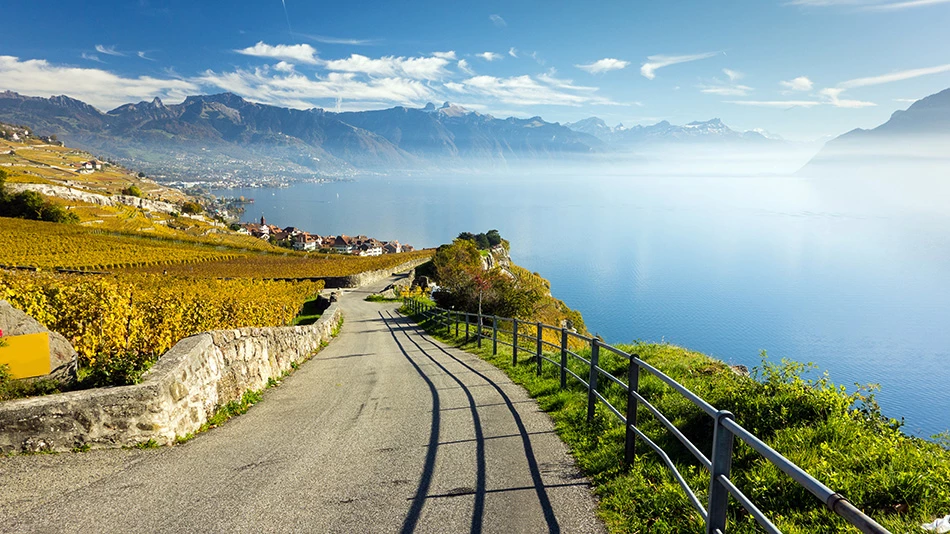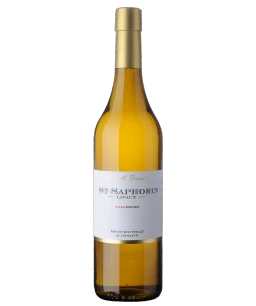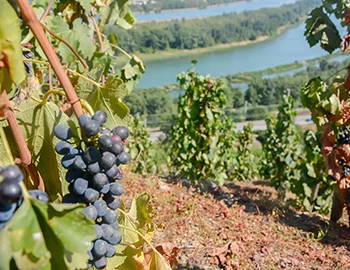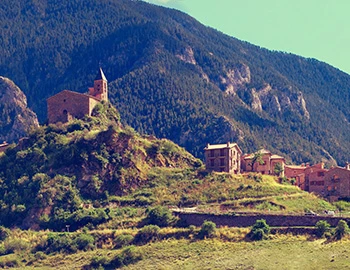Waadt
Vaud: stronghold of the Chasselas
Vintners of Vaud have almost stubbornly maintained their loyalty to their preferred variety, Chasselas. This is now paying off, as white wines with moderate alcohol content are experiencing a renaissance. And vintners today interpret the lightness of Chasselas in their own individual ways. Over 100 chateaux produce wine here. By contrast, the wine villages fascinate with rural charm. It is these contrasts that make this winegrowing canton an exciting destination for wine tourism.
Sparkling wines from Waadt
White wines from Waadt
Red wines from Waadt
The canton of Vaud has a rich tradition. Thus in the wine-growing villages, the verrée – a shared aperitif before lunch – is not only still practiced diligently, but is officially listed as part of the valuable cultural heritage of the canton. The signal for this late-morning Chasselas was often given by the daily arrival or departure of the ferry. The Chasselas from Vaud is truly a perfect aperitif wine. Not only that: it harmonizes splendidly with modern cuisine that focuses on lightness and many vegetarian ingredients.
One variety – many styles
With a share of over 60 percent of the 3,800 total hectares under cultivation, Chasselas still very much sets the tone. The stylistic diversity of the wines is impressive. There are the lively Chasselas with a hint of carbonation, the terroir wines with minerality and aging potential, the straightforward food pairers (vinified without malolactic fermentation) and the complex crus, carefully aged in wood. Pinot Noir has yielded ever more top wines in recent years. And along the heat-retaining dry walls, even Syrah, Merlot and Cabernet Sauvignon ripen perfectly.
Monks as pioneers
Viticulture in Vaud dates back to Roman times. The Burgundian Cistercian monks also played a central role, terracing the steep slopes by the lake before opening them to viticulture in the 12th century.
Three subregions
Around 80 percent of the vines in Vaud thrive with the mild influence of Lake Geneva. The annual rainfall is relatively high, at about 1100 millimetres per square metre. The winegrowing area is divided into three sub-regions: Chablais in the east (Yvorne, Aigle, Ollon) is shaped by rocky soils and a warm climate with a lot of foehn wind. Lavaux (Saint-Saphorin, Epesses, Lutry) and La Côte (Morges, Rolle, Nyon) have a mild maritime climate, with medium-heavy moraine soils. Away from the lake, almost on the border with Neuchâtel, there are Côtes-de-l'Orbe, Bonvillars and Vully. Here, the vines grow in a cooler climate in clay soils.














